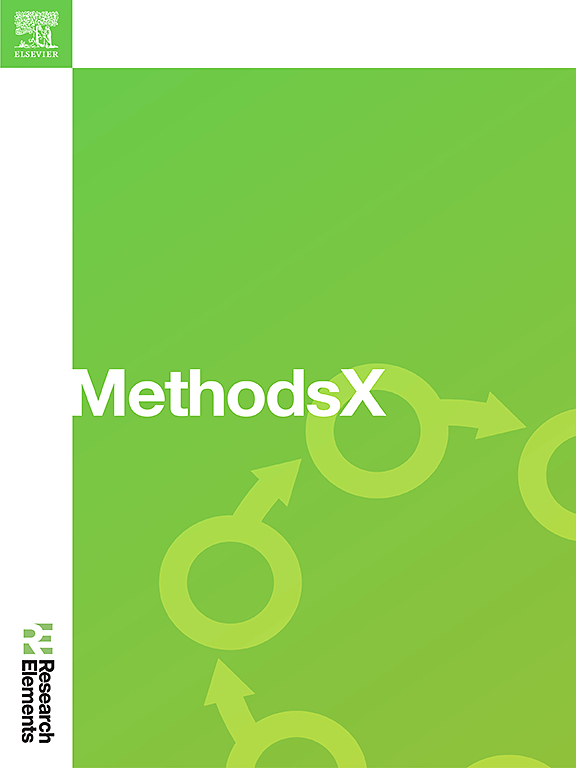Optimizing colorectal polyp detection and localization: Impact of RGB color adjustment on CNN performance
IF 1.6
Q2 MULTIDISCIPLINARY SCIENCES
引用次数: 0
Abstract
Colorectal cancer, arising from adenomatous polyps, is a leading cause of cancer-related mortality, making early detection and removal crucial for preventing cancer progression. Machine learning is increasingly used to enhance polyp detection during colonoscopy, the gold standard for colorectal cancer screening, despite its operator-dependent miss rates. This study explores the impact of RGB color adjustment on Convolutional Neural Network (CNN) models for improving polyp detection and localization in colonoscopic images. Using datasets from Harvard Dataverse for training and internal validation, and LDPolypVideo-Benchmark for external validation, RGB color adjustments were applied, and YOLOv8s was used to develop models. Bayesian optimization identified the best RGB adjustments, with performance assessed using mean average precision (mAP) and F1-scores. Results showed that RGB adjustment with 1.0 R-1.0 G-0.8 B improved polyp detection, achieving an mAP of 0.777 and an F1-score of 0.720 on internal test sets, and localization performance with an F1-score of 0.883 on adjusted images. External validation showed improvement but with a lower F1-score of 0.556. While RGB adjustments improved performance in our study, their generalizability to diverse datasets and clinical settings has yet to be validated. Thus, although RGB color adjustment enhances CNN model performance for detecting and localizing colorectal polyps, further research is needed to verify these improvements across diverse datasets and clinical settings.
- •RGB Color Adjustment: Applied RGB color adjustments to colonoscopic images to enhance the performance of Convolutional Neural Network (CNN) models.
- •Model Development: Used YOLOv8s for polyp detection and localization, with Bayesian optimization to identify the best RGB adjustments.
- •Performance Evaluation: Assessed model performance using mAP and F1-scores on both internal and external validation datasets.

求助全文
约1分钟内获得全文
求助全文
来源期刊

MethodsX
Health Professions-Medical Laboratory Technology
CiteScore
3.60
自引率
5.30%
发文量
314
审稿时长
7 weeks
期刊介绍:
 求助内容:
求助内容: 应助结果提醒方式:
应助结果提醒方式:


